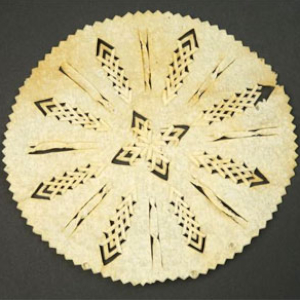If you thought Icelandic mains and sides were going to be boring and plain, you probably harboured similar thoughts about their breads, sweets and beverages. But today we’ll see just how distinctive and appealing they are – from Rye Bread steamed in a volcano to a drink they call ‘Black Death’…
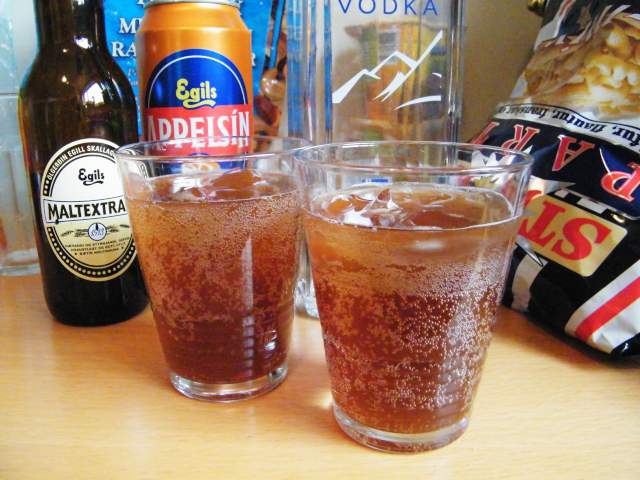 Malt og Applesín: Non-alcoholic beer mixed with orange soda. The national Christmas drink!
Malt og Applesín: Non-alcoholic beer mixed with orange soda. The national Christmas drink!
Like many Central and Eastern European countries, Iceland’s staple breads include a hearty dark Rye loaf. Perhaps that’s because Iceland is technically part of Denmark. That’s another story for another day. But it may surprise you find that they also have their own versions of crèpes, flatbread and cinnamon rolls. Get ready for a culinary voyage of discovery!
On our menu today
Breads
Brúnt Brauð: The ubiquitous Brown Bread of Iceland is based on wheat flour – both white and whole wheat – bolstered by the addition of molasses and brown sugar.
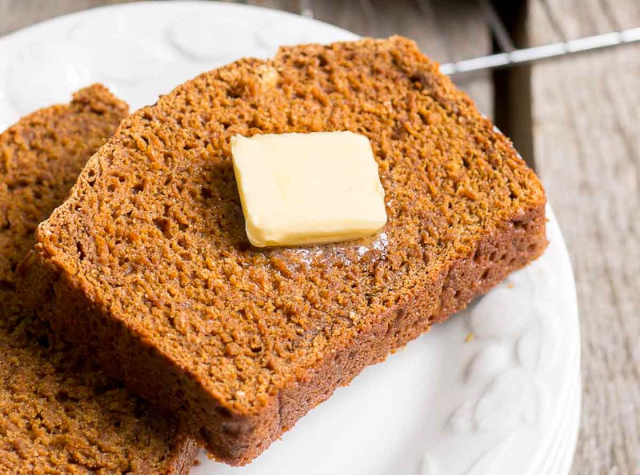
It’s traditionally very yeasty, which produces a light texture and fine crumb. Brúnt Brauð is eaten at every meal and as a snack, sometimes toasted and always lightly buttered.
Rugbrauð: The national Rye Bread of Iceland shares some characteristics with Boston Brown Bread and Irish Soda Bread: it’s leavened with baking soda and baking powder rather than yeast. Yet, made properly, it comes out relatively light for a Rye loaf and, like Icelandic Brown Bread, features a fine crumb. Also like the national Brown Bread, Rugbrauð is sweetened with molasses and brown sugar. Once steamed in covered pots immersed in volcanic hot springs, it is often made today in a slow cooker. Rugbrauð can take most of a day to make, but Icelanders insist it’s worth the work and the wait. It’s sometimes called ‘hot spring bread’, ‘pot bread’ or ‘thunder bread’, and it’s central to the Viking festival of Thorrablot, celebrating Thor, God of Thunder.
Flatkaka: This is Iceland’s version of Flatbread. It’s unleavened, and the traditional recipe calls for only two ingredients: Rye flour and water. These days, commercial bakers often add some wheat flour, which results in a lighter-coloured, lighter-textured, stiffer loaf.
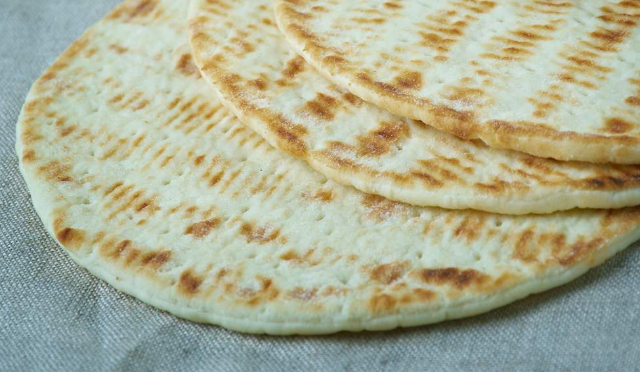
Flatkaka was originally baked on a flat griddle or hot round stone. Now, its usually baked in a round pan in the oven or on the stove top. A large cast iron frying pan is perfect. According to tasteatlas.com: “The bread is usually topped with butter, smoked salmon, smoked lamb, or pickled herring. Due to the fact that Flatkaka is light, yet packed with energy, it is a quintessential hiking snack in Iceland.”
Laufabrauð: The name translates literally as ‘Leaf Bread’ (see photo, top of page). But it’s also known as ‘Snowflake Bread’, due to the snowflake-like patterns traditionally cut into it. The dough is rich, calling for flour, butter, sugar, milk, and ground caraway seeds. It’s rolled out very thin and fried for just a few seconds, until it’s golden brown. Laufabrauð is traditionaly enjoyed with Icelandic Smoked Lamb.
Sweets
Pönnukökur: Icelandic Crèpes are thicker than their French counterparts, and their texture is more like the pancakes we’re familiar with in North America. The batter is rich, featuring eggs, milk and sugar. They’re typically topped with Lingonberry Jam or Skyr (Icelandic Yogurt) and folded or rolled up, for eating from the hands.
Kleinur: The national doughnut of Iceland is soft and fluffy on the inside and slightly crispy on the outside. They’re very similar in some respects to the baking powder-raised ‘cake’ type doughnut we’re familiar with in North America.
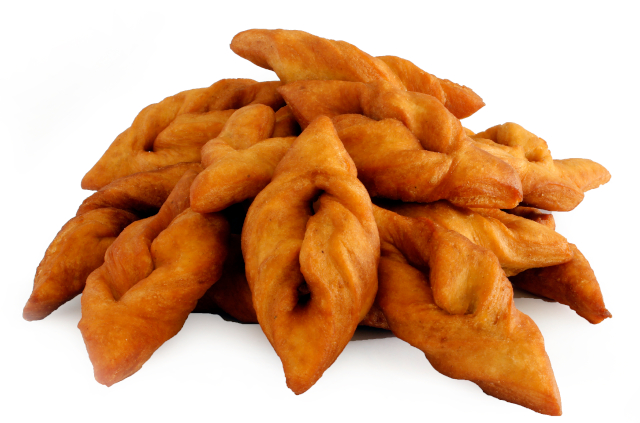
Often they’re made large enough for two people to share. The Kleinur may be eaten plain or dusted with powdered sugar.
Vanillurjómaís: The basic vanilla recipe is the root from which the tree of Icelandic Ice Cream grows. It’s deceptively simple: whipping cream, egg yolks, sugar and vanilla. And to it can be added any flavour and/or inclusion that may turn your crank. According to wonderfulwanderings.com: “Ice cream is a big thing in Iceland – with ice cream vendors all over the country. It can also be found in gas stations and general stores in a variety of flavors. If you’re out at night and fancy a cold treat, in Iceland ice cream stores stay open until the early hours…”
Skyr: Iceland’s ubiquitous yogurt is made the traditional way, from pasteurized skimmed milk treated with a bacterial culture, and at its best is very thick and rich, like Greek Yogurt.
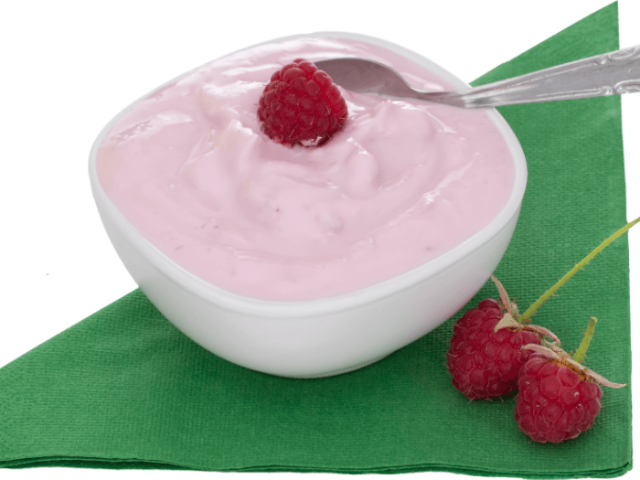
Some Icelanders insist it’s a cheese. It’s an open question… Like Icelandic Ice Cream, it comes in a host of flavours. And Skyr is beginning to appear as a specialty item in other countries.
Snúður: unlike other Icelandic treats, which can trace their origins back hundreds of years, the universally popular Cinnamon Roll is a phenomenon that first appeared in the 1990s and peaked in the early 2000s. The yeast-raised sweet dough is rolled out fairly thin and allowed to rise. Then a filling – usually constituted of butter, sugar, cinnamon and cocoa powder – is smeared generously on top and the whole slab is rolled up. The resulting log is cut into fairly thick rolls which are then placed close together on a sheet pan or in a low-sided cake pan to rise before baking. These decadent rolls are usually made very large and topped with powdered sugar, chocolate glaze o just plain white sugar glaze.
Beverages
Kókómjólk: In Iceland, Chocolate Milk is not just for the kids! In fact, the national favourite, Kókómjólk, is touted as a powerful hangover cure.
Light Beer: Beer has surged back in popularity in Iceland since the country’s prohibition law was repealed in 1989. The sale of all alcohol had been banned since 1908. Now, there’s been a renaissance in boutique breweries producing their own specialty beers, but the ‘standard’ is a light lager clocking in at about 2.5 percent alcohol. March 1, the date that the prohibition eas lifted, is now celebrated nationally as Beer Day.
Brennivín: Popularly known as ‘Black Death’, this bold spirit is fermented from a mixture of potato mash, fermented grain, and caraway seeds. Wikipedia offers a concise description: “It is considered to be a type of aquavit and bottled at 40% Alcohol By Volume (80 proof)”
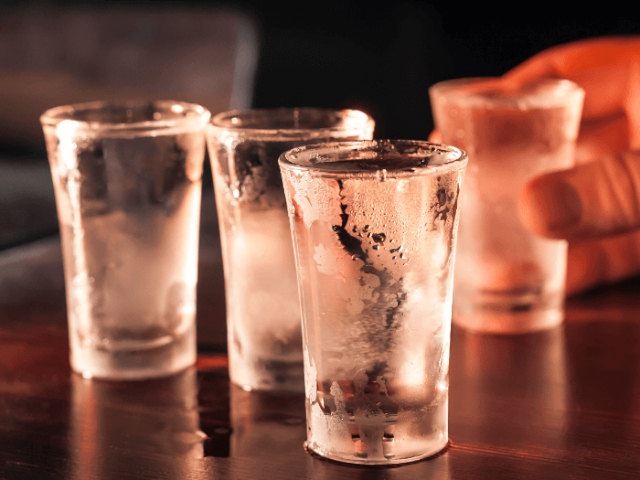
“The steeping of herbs in alcohol to create schnapps is a long-held folk tradition in Nordic countries, and Brennivín is still the traditional drink for the mid-winter feast of Þorrablót. Today, Icelanders typically drink it chilled, as a shot, with a beer, or as a base for cocktails. It often takes the place of gin in classic cocktails, or of a lighter rum in tropical drinks.”
Kaffi: In no way native to Iceland, Coffee is a national favourite. It caught on immediately when first imported from Denmark a couple of hundred years ago. Today, It’s served in coffee houses that seem to be everywhere, many part of national domestic chains. Curiously, the big international coffee shop chains are not represented. Icelanders are wary of outside influences taking over their culture. And it seems Icelanders are very particular about their coffee; they love it strong, and usually serve it as lattés, cappuccinos, macchiatos and espressos.
Malt and Applesín: These two Icelandic drinks are enjoyed all over the country. Malt is a non-alcoholic beer – very sweet with a hint of licorice. Applesín is a carbonated orange soda drink. Mix them together and you’ve made Malt og Applesín, a Christmastime favourite.
And that’s the capper…
… To our whirlwind culinary tour of Iceland – the island where fire and ice coexist, and the national cookbook eshrines a host of unexpected treats!
~ Maggie J.

